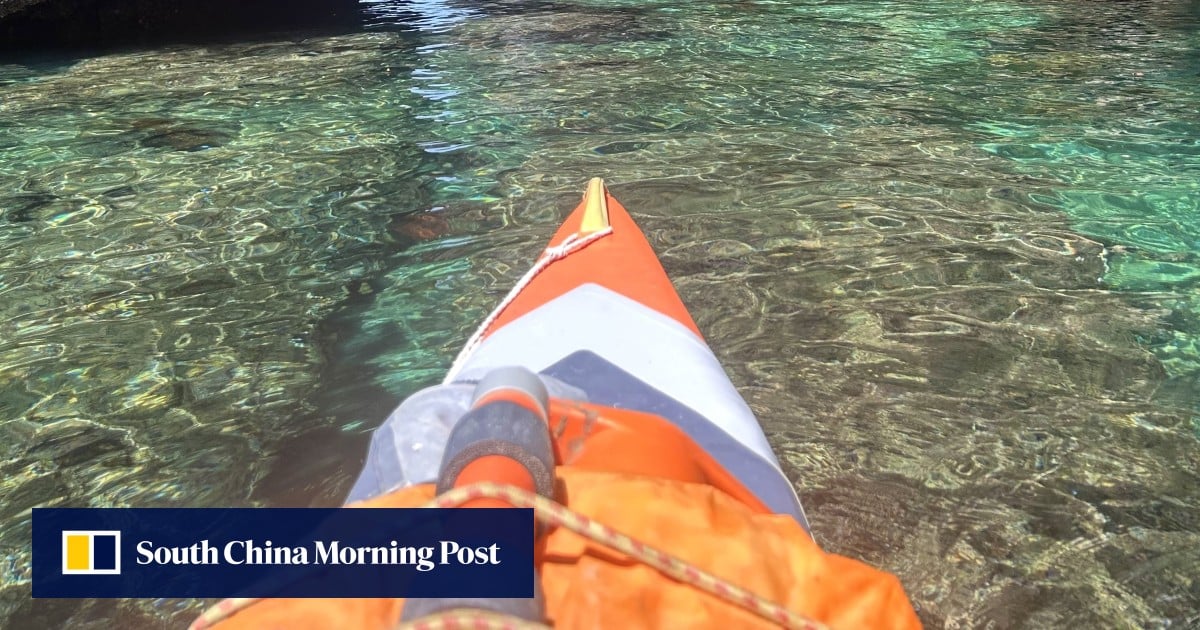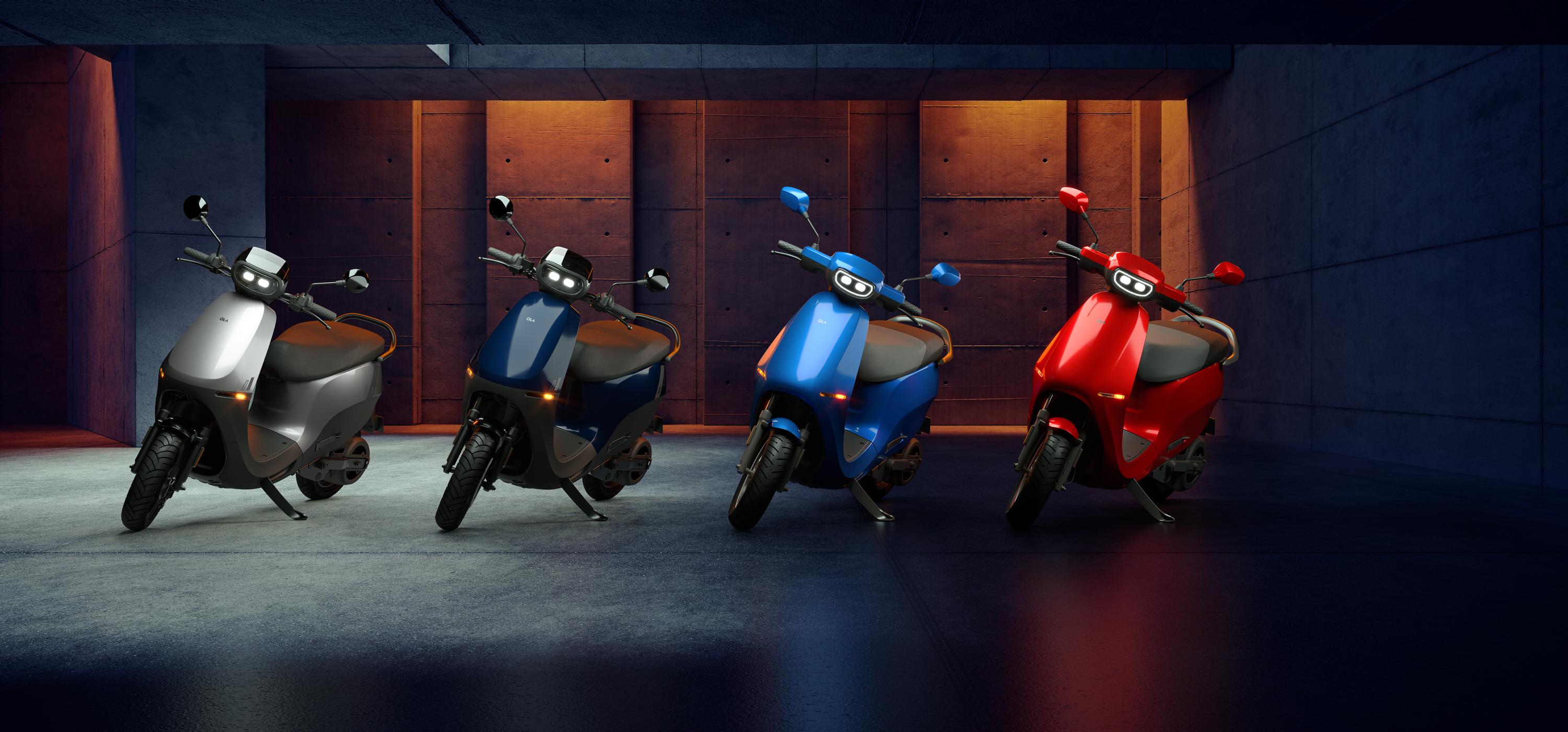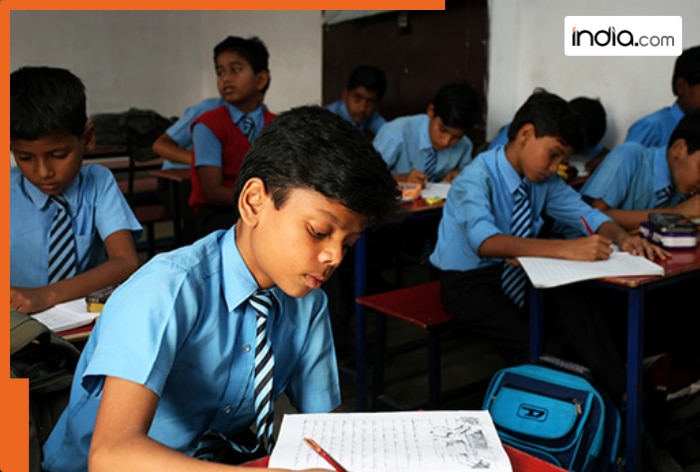The slow pace allowed me to completely absorb the nuanced beauty of the Andaman coast and its offshore islands, spend quality time with locals and discover a number of outstanding beaches, islets, villages and hotels I otherwise would never have seen.
I come across the first of these gems on my second day at sea after pausing for a break at an archipelago of two islets in the Mu Ko Phetra National Park. The gin-clear waters of the narrow channel between the islands are as calm as a lake and possess coral gardens alive with tropical fish.
How a two-week kayak adventure in Thailand teaches you to slow down
How a two-week kayak adventure in Thailand teaches you to slow down
The reception is different on the smaller island of Koh Lidi Lek, where a ranger gives me a free packed lunch. The only other visitors are a family from Malaysia mucking around on kayaks, which are also freely provided. There is next to nothing online about Koh Lidi Lek or how to get there. But I later learn you can charter a wooden boat at port town Pak Bara.
The following afternoon, having planned to camp on Koh Sukon, an unexpected downpour drives me towards Thung Wa, a little visited coastal district of caramel-coloured rivers and mangrove forests. Thung Wa can be reached on land via a 15-minute detour from Route 416, the main road connecting Satun province and Trang province, to the north.
There, on a grassy headland carpeted with casuarina trees between the Wang Won River and the sea, I find the Nava Nelayan Homestay, which cannot be booked yet on booking websites.
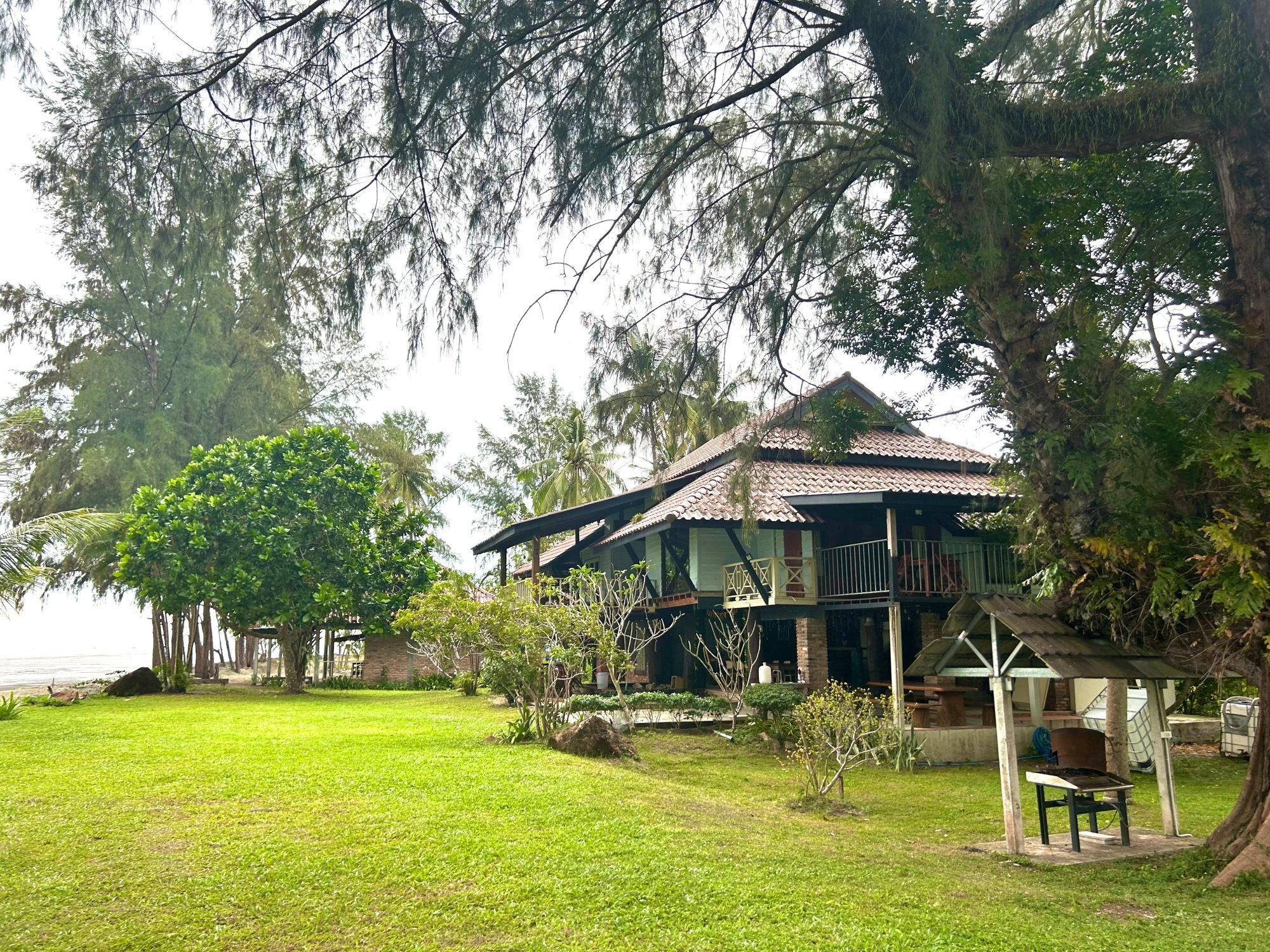
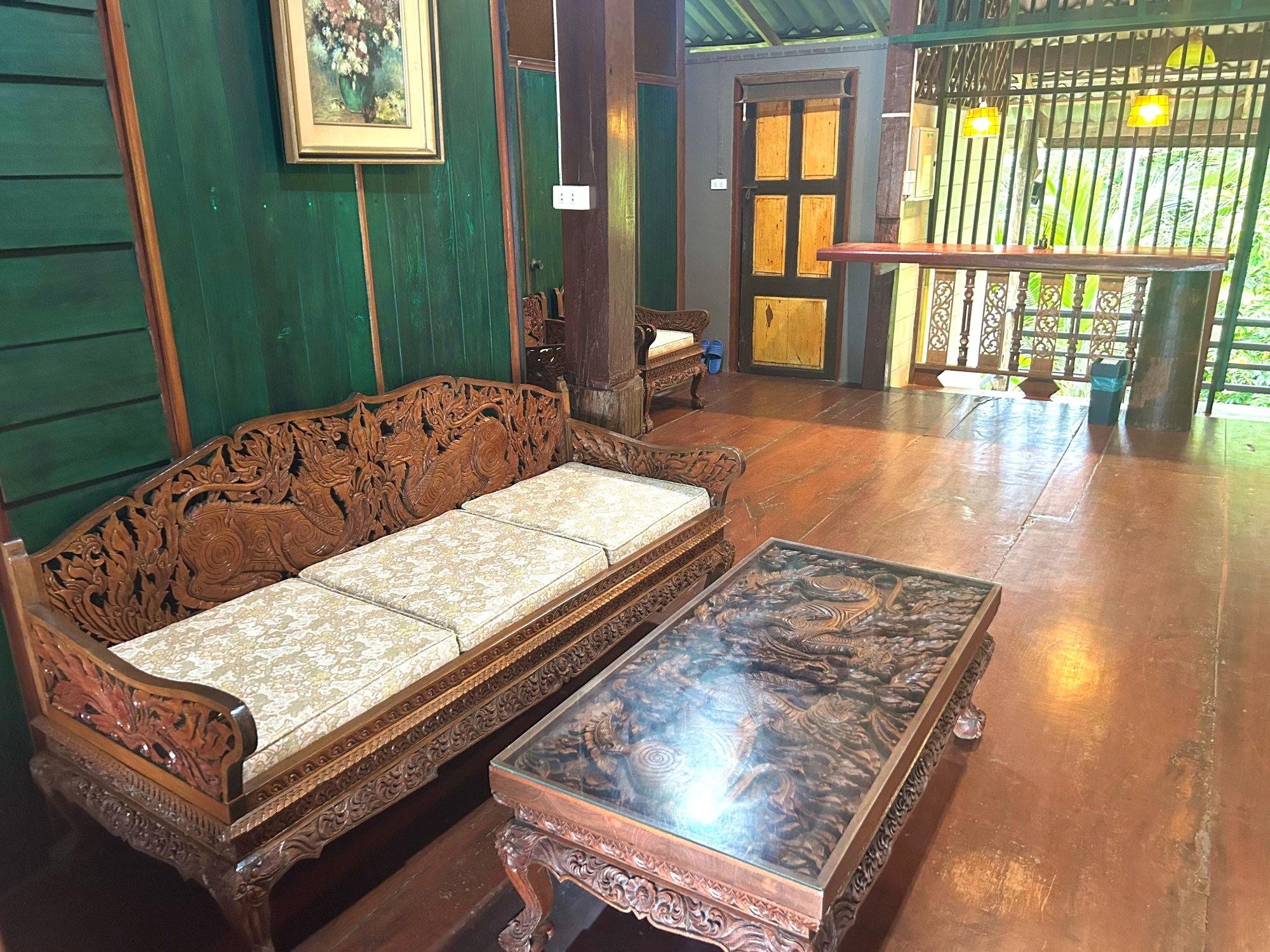
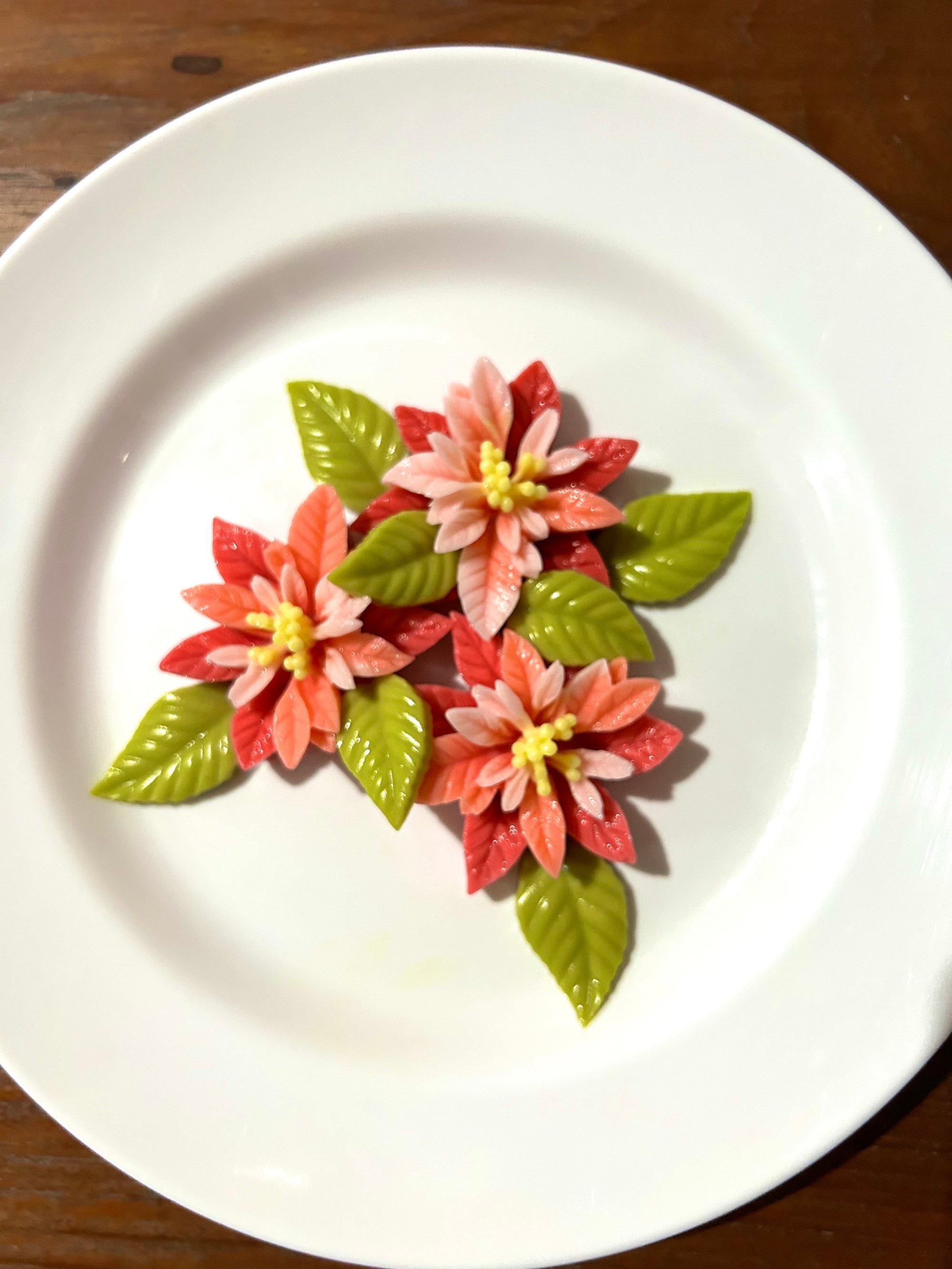
The property consists of five Swedish-style bungalows with beachfront or mangrove views and a 100-year-old teak homestead with five bedrooms that was lovingly restored by the new owner, Yokfa Chonlasakpipat, of Bangkok, who bought the place on a whim after staying here as a guest.
“The previous owner was too old to take care of everything so the place was a little rundown. But I saw its potential,” she says. “We spent a lot of time cleaning and fixing things up.
Why first Lonely Planet Thailand guide author fell in love with the country
Why first Lonely Planet Thailand guide author fell in love with the country
After nine days at sea, I reach Koh Lanta, the halfway mark of my journey.
Koh Lanta welcomes throngs of tourists every day during the high season but is larger than other islands in the Andamans, about 35km (22 miles) from end to end, and therefore still harbours paradisiacal undeveloped beaches such as Bamboo, the most southerly cove on the island’s west coast.
Bamboo Beach is by no means hidden – there are a few hundred tourists here when I make landfall – but it does not feel busy, as visitors are spread out over more than a kilometre of fine white sand or dozing on daybeds and hammocks surrounding one of two rustic beach bars that sell beers, smoothies and sandwiches.
Untouched Philippines: taking the slow road to Palawan, and paradise
Untouched Philippines: taking the slow road to Palawan, and paradise
The closest hotel stands a few hundred metres behind the beach but if you bring a tent, like I have, you can pitch it on a grassy knoll overlooking the beach for only 150 baht (US$4), which includes access to clean toilets and shower facilities.
The Boho Hostel and Restaurant is set in a whitewashed stilt home with polished wooden floorboards just a few doors down from Sala Dan Pier, on the southern bank of Koh Lanta’s Lat Bo Nae River, and has eight guest rooms.
The first seven are boxlike but room No. 8, which is set right on the riverfront and has a large picture window and private deck, offers exceptional value at 900 baht per night.
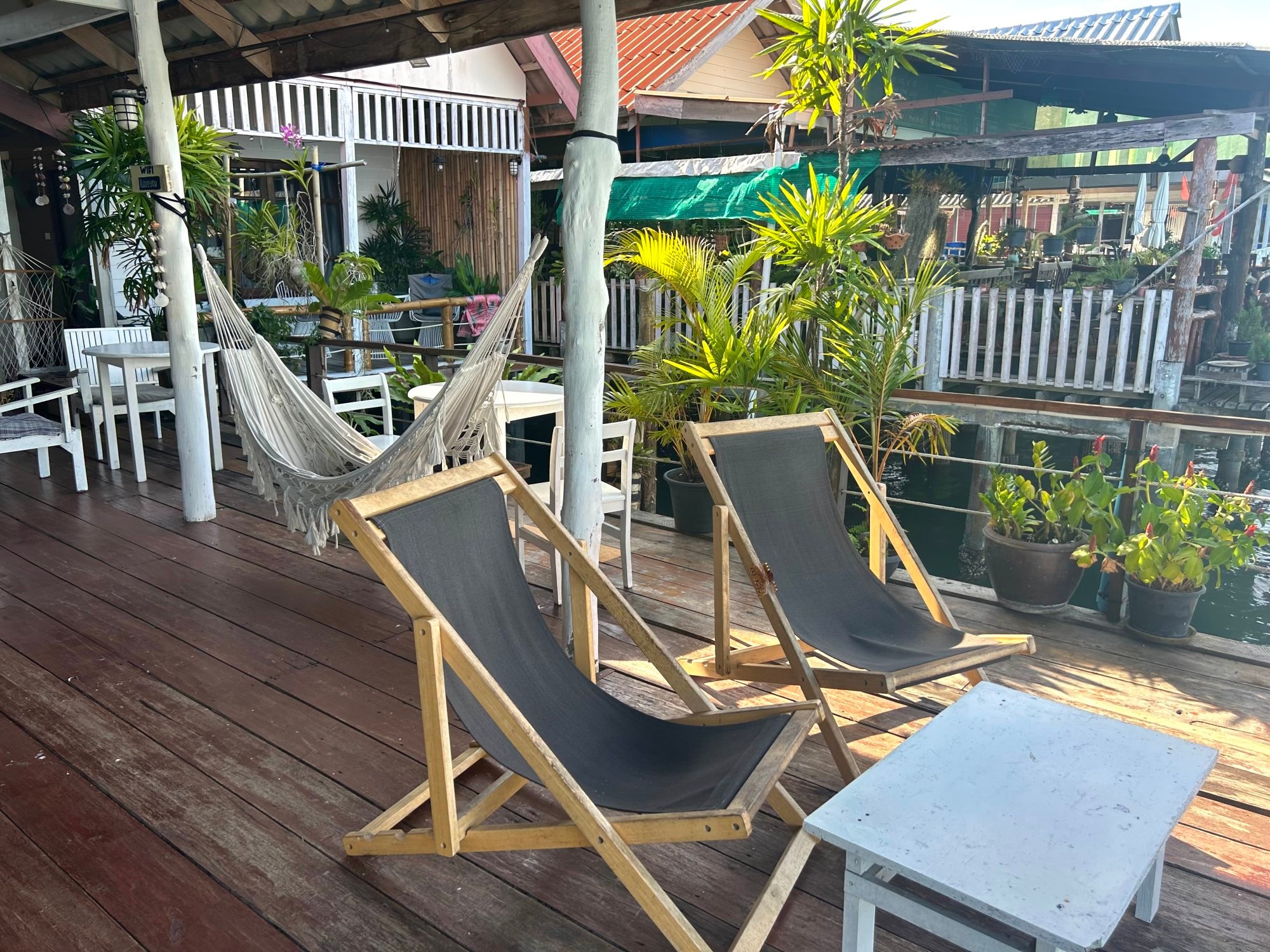
Even if this room is booked, you can still while away time watching boats coming and going at a riverfront restaurant that offers well-presented tourist staples such as green curry and pad Thai noodles with prawns.
Boho is also owned by a former guest who fell in love with the place.
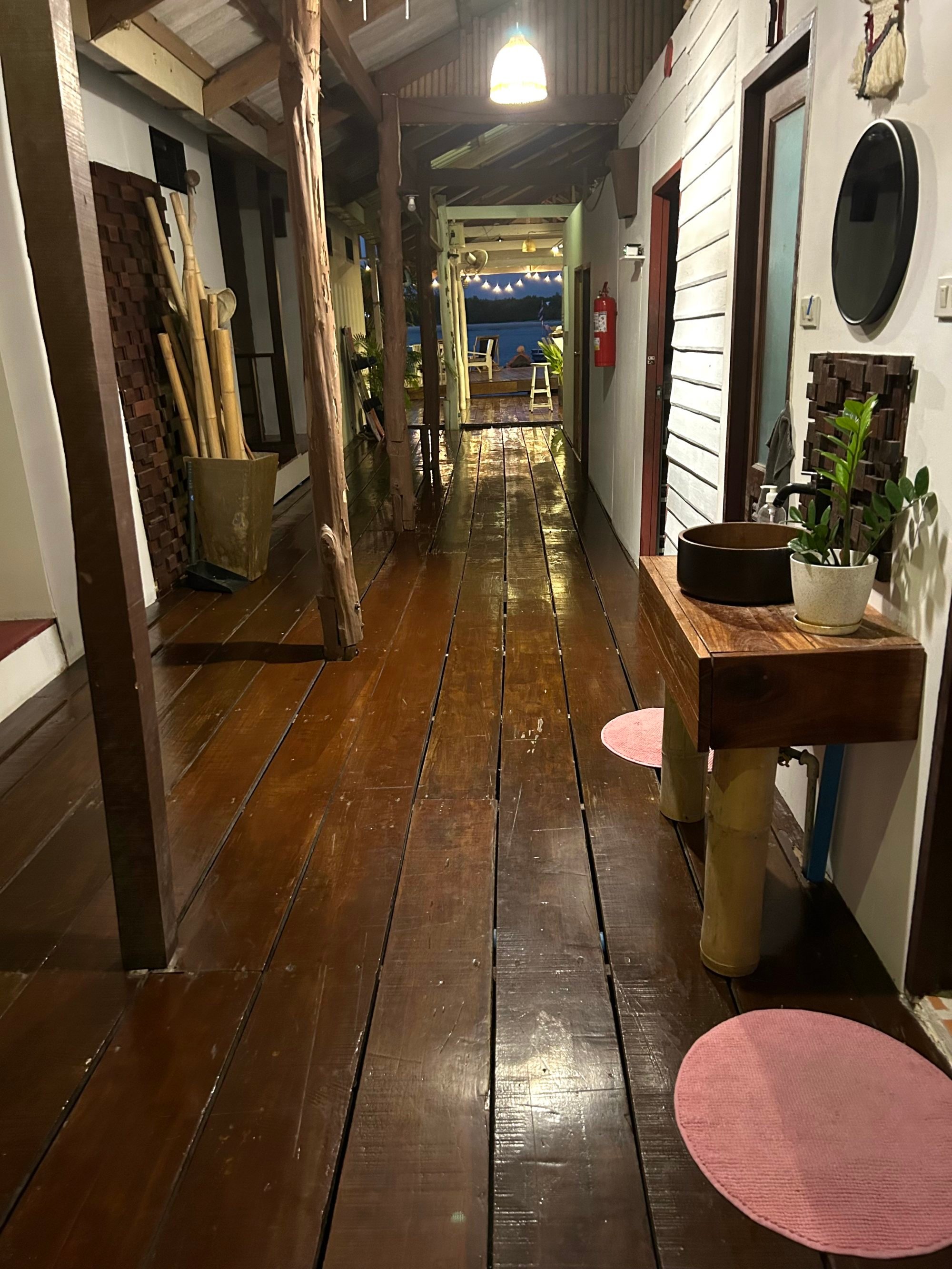
“It took six months to do the renovations. We’ve been open for two years now and we’re full nearly every day.”
I find another riverfront hotel worth writing home about the following day at a fishing village on Koh Jum (Crab Island), an extinct volcano just north of Koh Lanta.
Most of the tourists who come here stay at one of the 30-odd properties on the Andaman Sea, or the west side, of the island. But I approached Koh Jum from the coastal side, paddling up a long, narrow estuary until I reached a fishing village set at an intersection in the sea broken up by half a dozen islets.
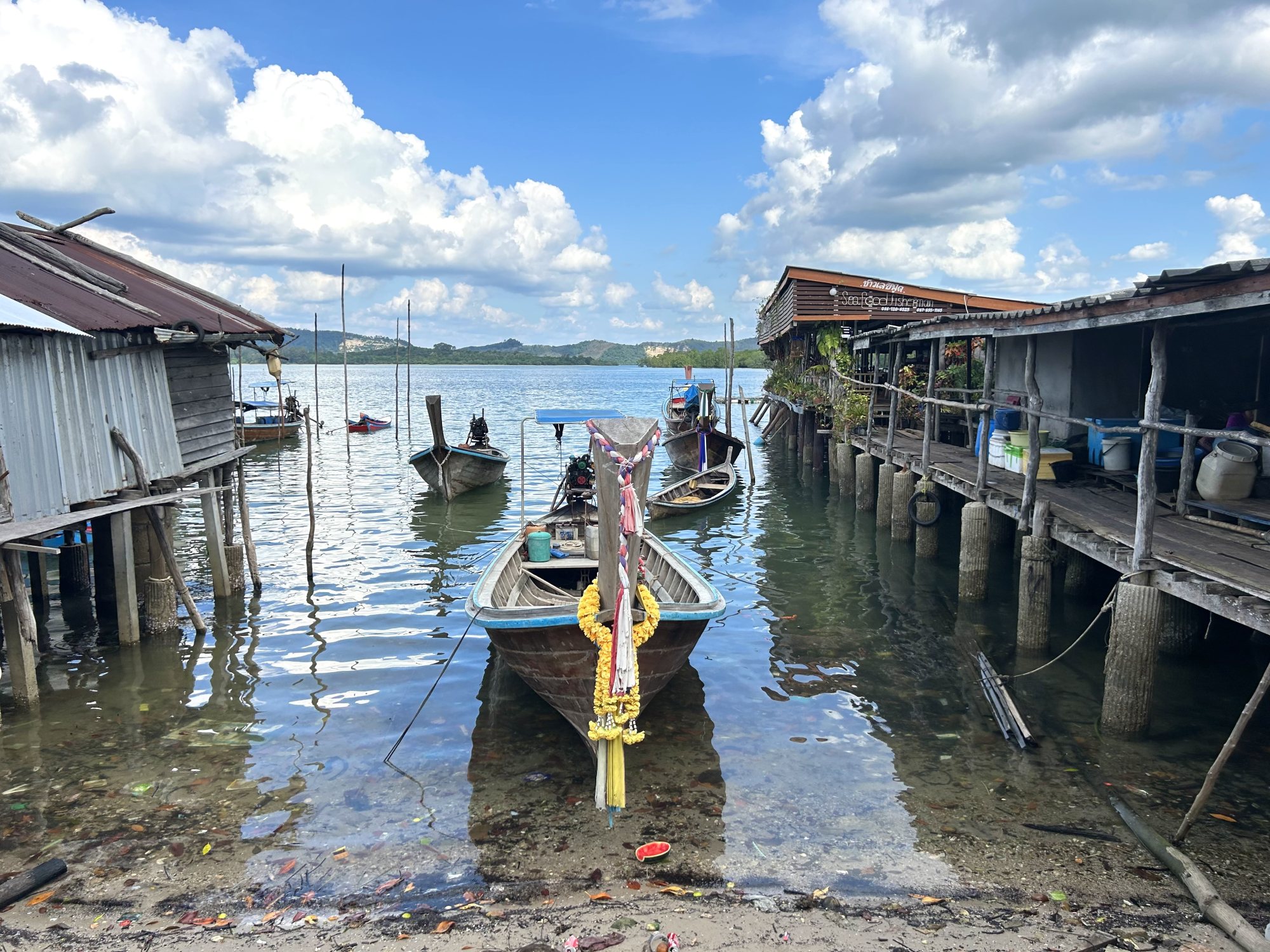
The village is home to friendly Muslim fisherfolk and the Bankruchaem Homestay. Like Boho Hostel, it is set over a river, with three freshly painted rooms with futon mattresses and decorative crab pillows, each at 900 baht a night. There is also a family room with four bunk beds.
Relaxing on a beanbag on the deck at dusk while listening to the water lap under the river house as birds and fish jump in and out of the water is one of the highlights of my journey.
Food is served at the Bankruchaem, but a few doors down is another river house, Chawle Seafood Restaurant. Tourists travel here from all corners of the island for the whole fish, fried or grilled to perfection with your choice of condiments for 250 baht, half of what it costs in Phuket.
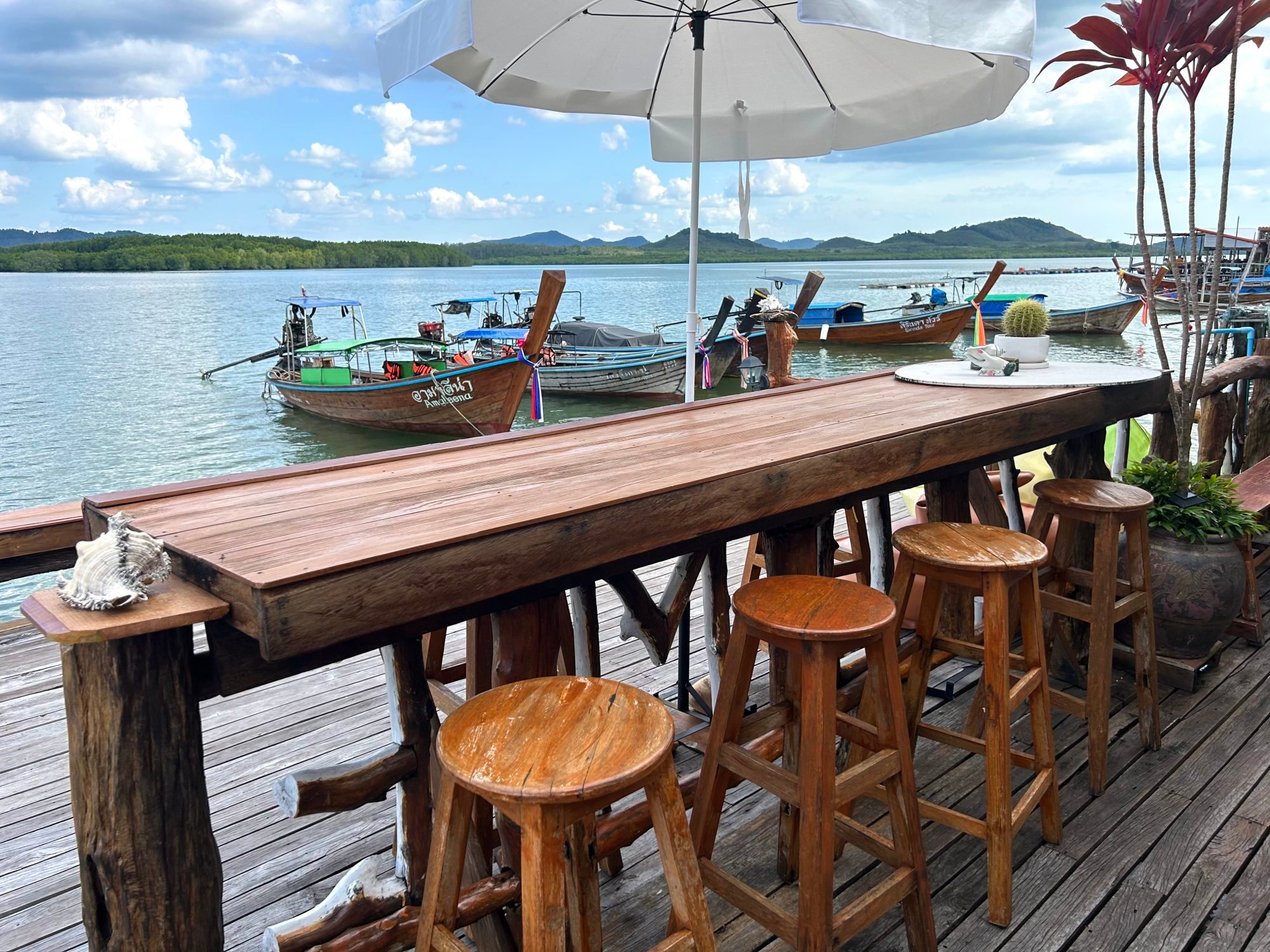
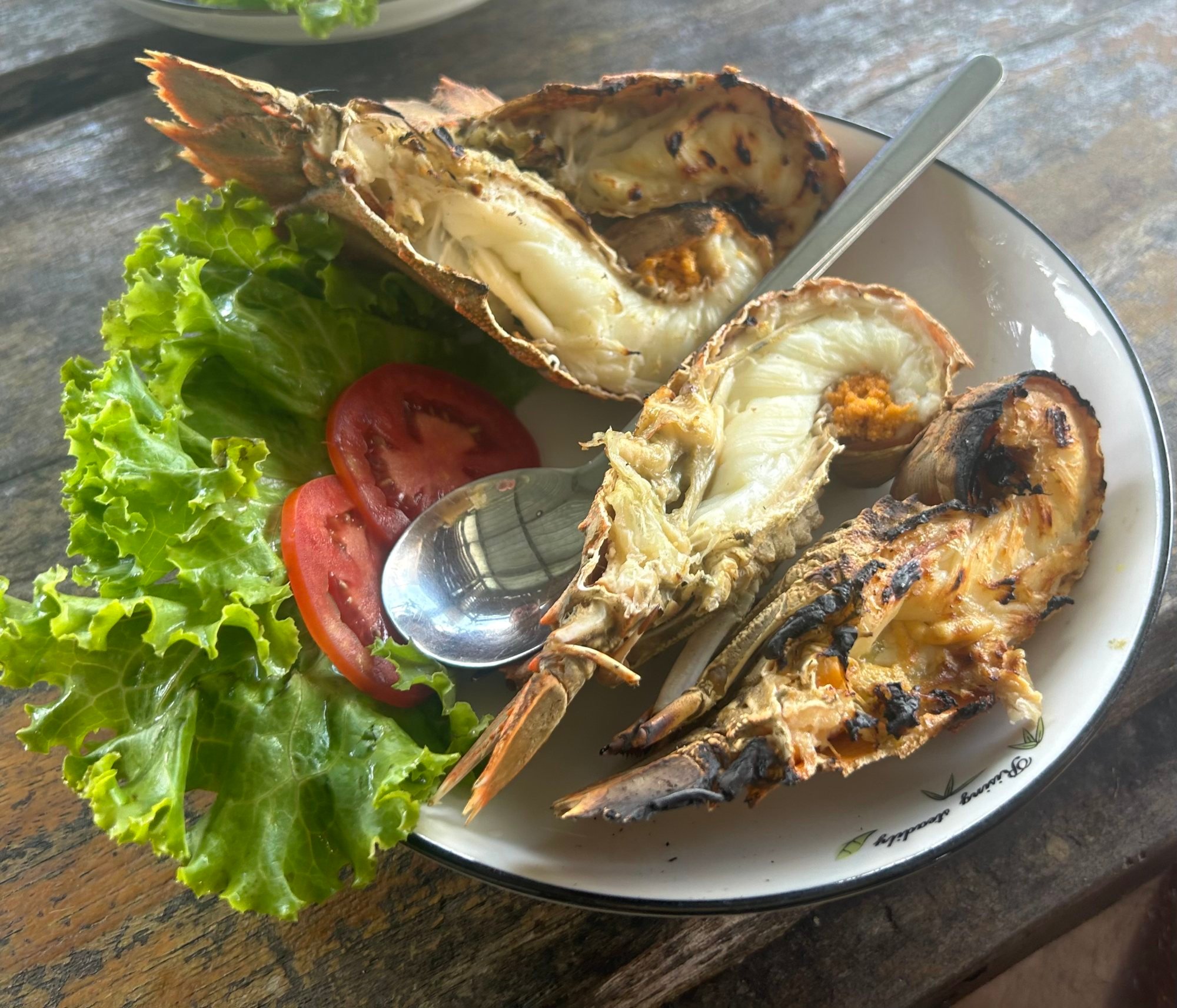
These hostels and guest houses show you do not have to spend big money to have excellent accommodation in Thailand, although after a long day at sea, anything that is not wet is a luxury for me.
But sometimes it pays to pay a little bit more.
A small, beachfront property in a sleepy village on the upper west coast of Koh Yao Yai, one of two large mountainous islands rising from the bay between Krabi and Phuket, is a perfect example.
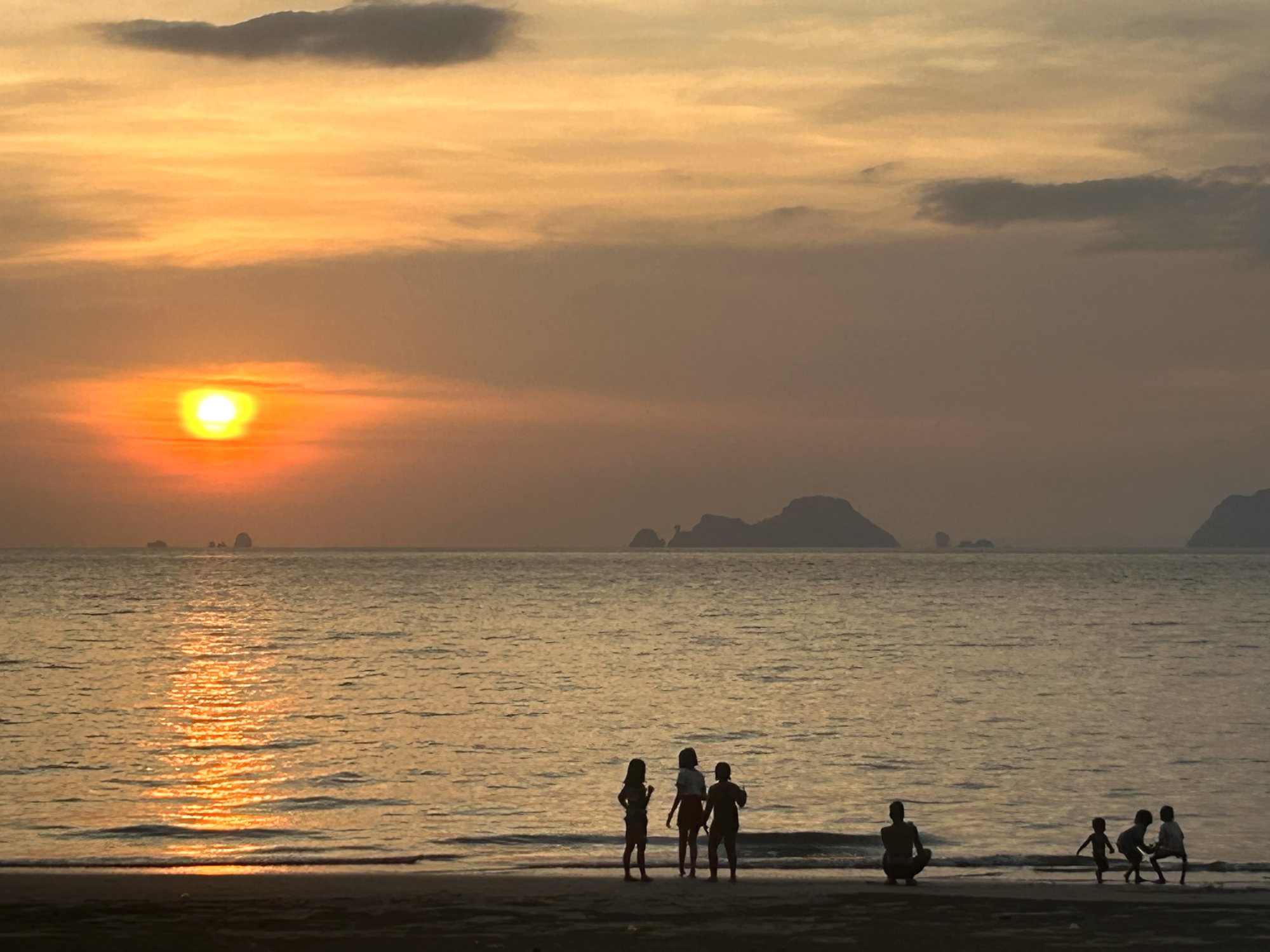
Koh Yao Yai Sea Breeze House has six modern bungalows, three facing the garden and three facing the sea, all with balconies, air conditioning and hot water. They are similar to the other places I stay at during this trip that cost on average US$20 a night, but in peak season, Koh Yao Yai Sea Breeze House charges three times that much.
Guests, mainly couples, while away their time here sunbathing and staring at the sea. And the sunsets, as just about everywhere on Phang Nga Bay, are a panoramic fresco of moving colours that change from yellow to violet to red before settling on a purple shade of black.

